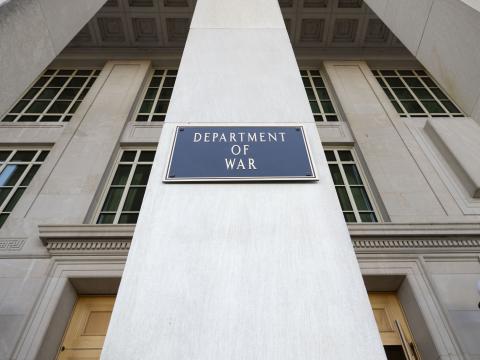Technology Gap Widening Among Prospective Coalition Partners
U.S. forces in the Asia-Pacific region are faced with the daunting challenge of upgrading their technologies at the risk of losing interoperability with small but vital potential coalition allies. Potential adversaries are closing the military technology gap with the United States, so the nation must push ahead with efforts to maintain a cutting-edge technology advantage over countries that might challenge the United States and its allies.
Gen. Vincent Brooks, USA, commanding general of the U.S. Army, Pacific, described this problem to the audience at the opening breakfast of TechNet Asia-Pacific 2014 December 9 in Honolulu. Building ad hoc coalitions often must be achieved before even knowing who will be in them. The United States must lay the groundwork for interoperability before the call goes out, and helping ensure that other nations do not fall too far behind is part of that effort.
The U.S. Pacific Command has adopted a methodology it calls twinning. This entails matching a U.S. force with an equivalent in another country to build the pillars of interoperability. Gen. Brooks cited as an example U.S. work with Indonesia, where the command twinned a U.S. Army Apache helicopter unit with an Indonesian Apache unit even before the archipelago country received its helicopters. By working with their Indonesian equivalents ahead of time, U.S. forces are helping lay the groundwork for operations with the two countries’ helicopter forces in a future coalition.




Comments